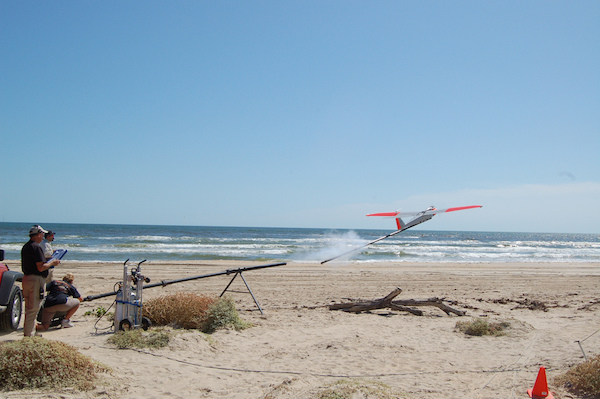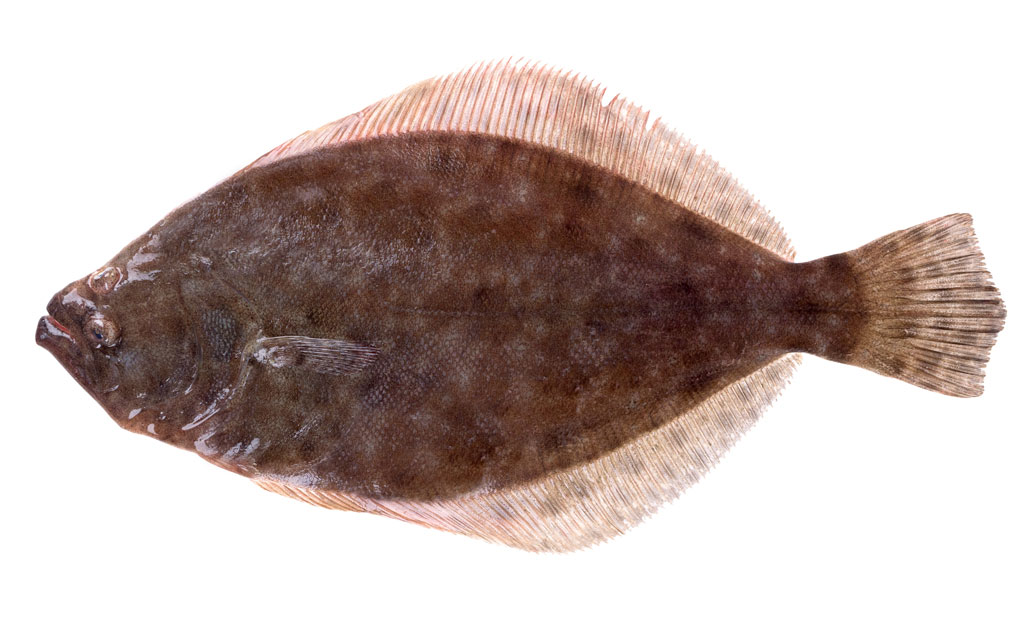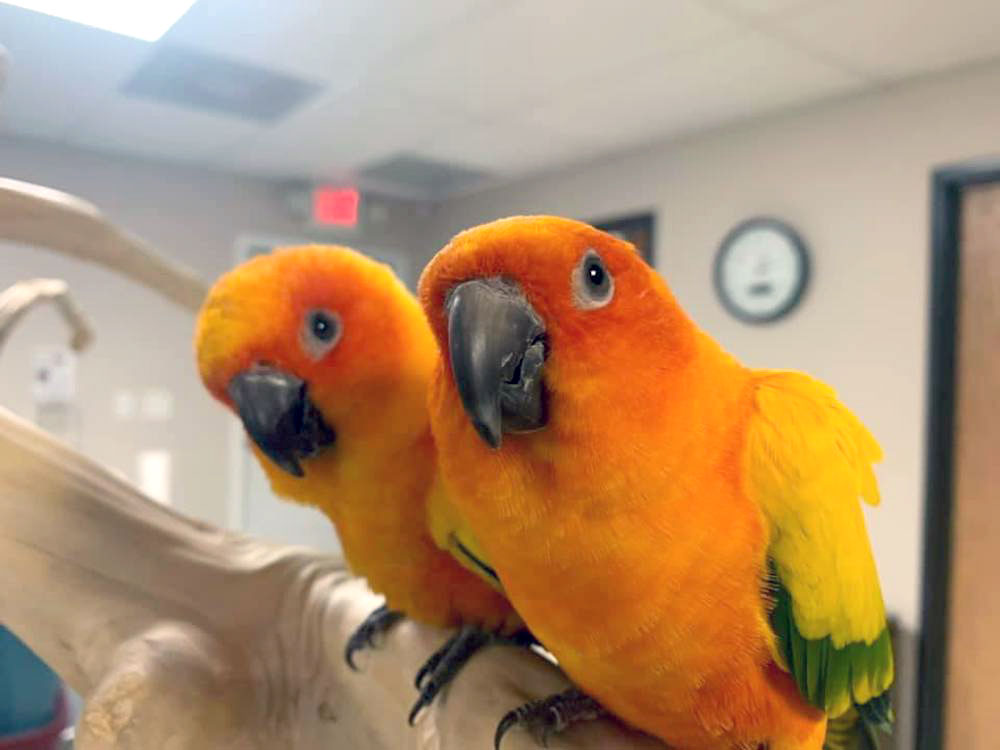
As one of 11 test sites in the nation, Texas A&M University-Corpus Christi regularly tests unmanned vehicle systems, or drones, for possible commercial use. Their main test craft, shown here on a local beach, weighs 55 pounds and takes at least two people to operate.
At 52 pages into an 80-page document of proposed restrictions for commercial drone use, Dr. Ron George at Texas A&M University-Corpus Christi already had a possible comment. The trial document was released by the Federal Aviation Administration in mid-February as part of a 2- to 3-year approval process that begins with a year of gathering public comment.
As an official federal test site for the study of commercial drone usage, the opinions of A&M researchers in Corpus Christi should carry some weight. George, who has been heading the project since its inception in 2012, told Corpus Christi Business News his first worry is that the restrictions are not stringent enough.
“I am concerned they will not require a ground observer, that they will allow only one operator,” George said. “I don’t believe a lone operator can necessarily keep an aircraft in line of site and control it at the same time.”
One of the main restrictions is to keep the commercial drone in line of site at all times. Two-operator rules are in place at Texas A&M, one of 11 test sites licensed in the U.S.
“We’ve gone to a great deal of trouble to install procedures to be as safe as they can be,” George said. “The FAA sends teams here to review us and we get blue ribbons in this area every time.”
Commercial use of unmanned vehicle systems (UVS) is prohibited by the FAA, unless a waiver is granted. A few dozen companies have been granted waivers, while about 300-plus requests are pending. Drones could become an integral part of urban infrastructure management, farming, public safety, coastal security, military training and search and rescue.
The FAA began formulating commercial drone regulations 10 years ago, George said, before unmanned aircraft — or the term drone — became part of everyday life. Tens of thousands of recreational drones are sold and sent aloft each year, with a large percentage of those getting lost. When testing his own personal light-weight craft a few years ago, George lost it to a gust of wind that blew it over the rooftops into the next block and out of his life forever.
A similar incident in Washington, D.C., became national news when an out-of-control recreational drone flew onto the White House lawn. The pilot was an inebriated government worker joy flying his high-tech toy from a third story apartment window.
Commercial drones are much heavier than toy drones and will be expected to fly much farther and faster.
“We are talking about an aircraft that can weight as much as 55 pounds,” George said. “When a 55-pound object falls out of the sky, it can be problem.”
Proposed regulations include pilot testing. Although a pilot’s license will not be required of drone operations, they will have to pass a test. Texas A&M-CC is working on developing a training program for the test.
“Like most of the test sites, we are going through the process of figuring out how to be part of the solution,” George said. “Like everything having to do with operations in the air space system, we are taking it one state at as time.”
Once drones have been safely integrated into the air space system, they are expected to become a strong economic driver, creating 70,000 jobs with an economic impact of more than $13.6 billion in the first three years of operation, predict experts.





